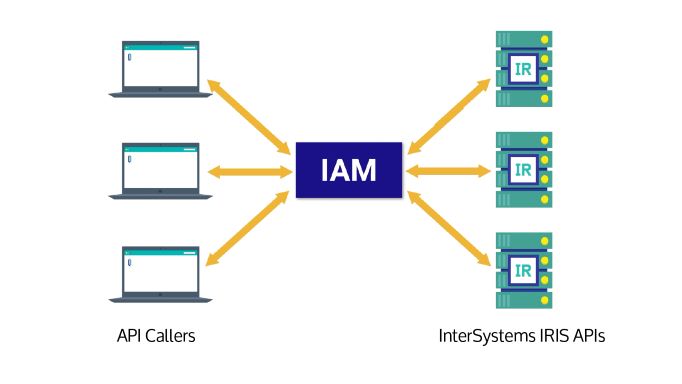Introduction
This article aims to explore how the FHIR-PEX system operates and was developed, leveraging the capabilities of InterSystems IRIS.
Streamlining the identification and processing of medical examinations in clinical diagnostic centers, our system aims to enhance the efficiency and accuracy of healthcare workflows. By integrating FHIR standards with InterSystems IRIS database Java-PEX, the system help healthcare professionals with validation and routing capabilities, ultimately contributing to improved decision-making and patient care.

.png)
.png)


